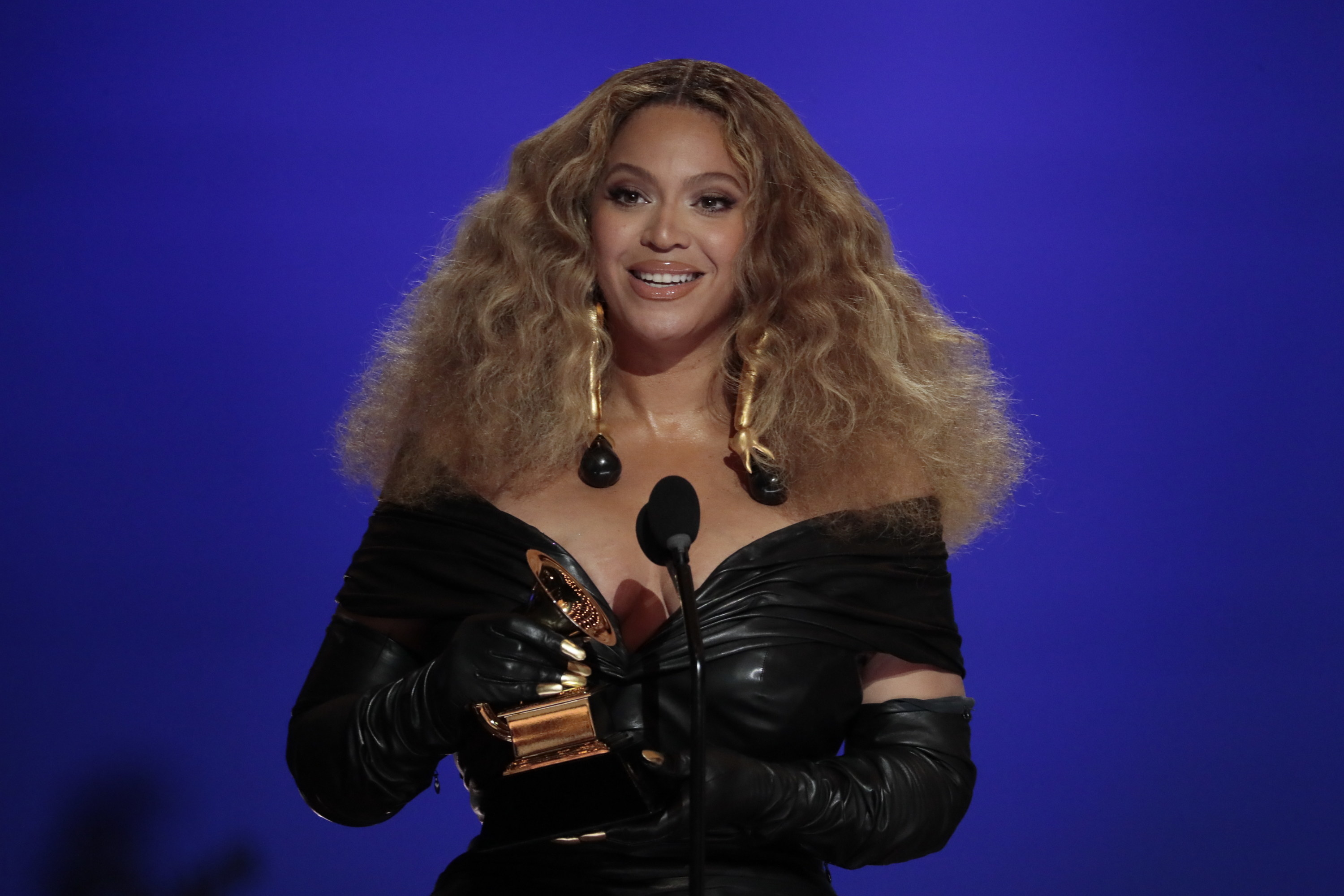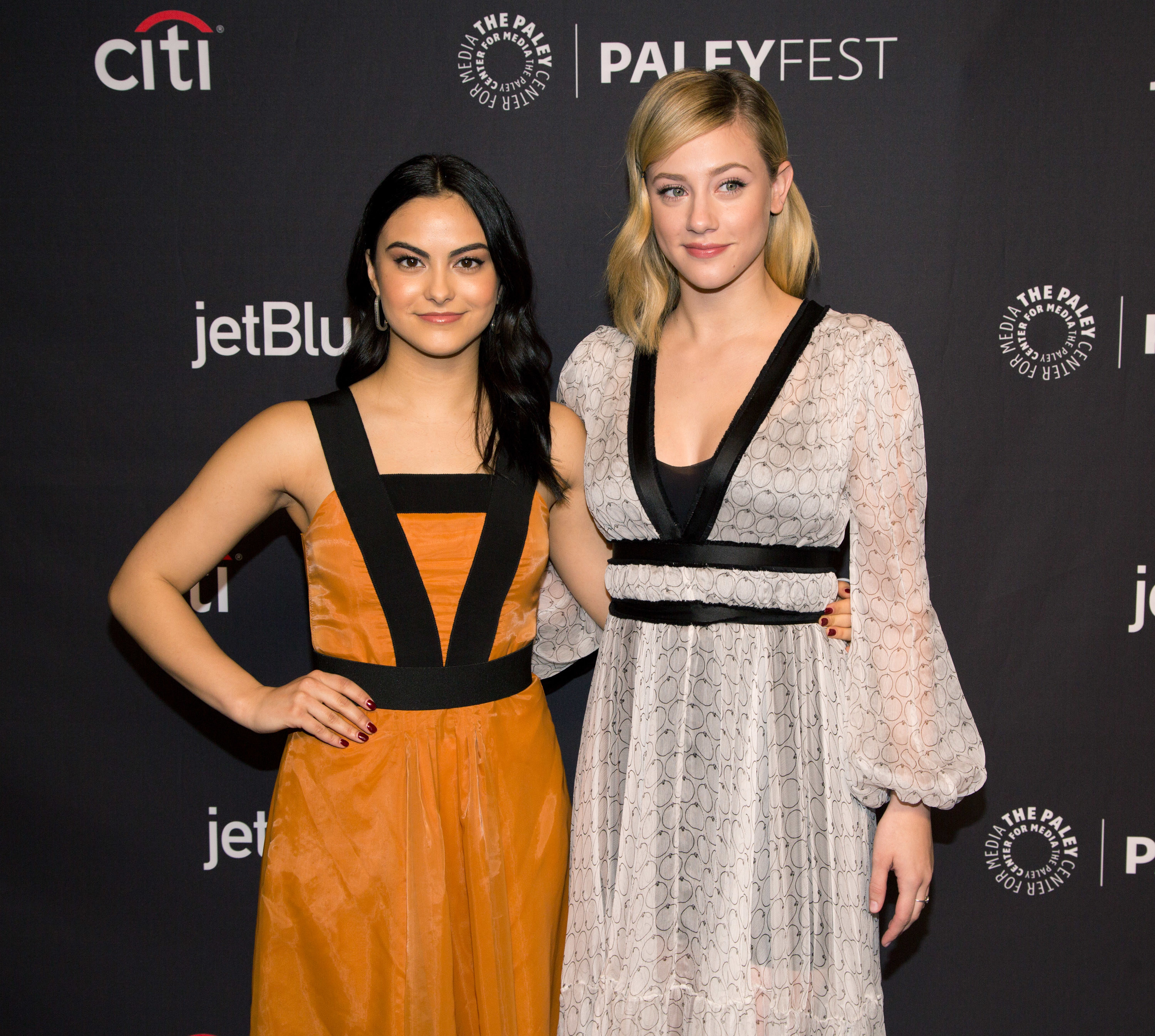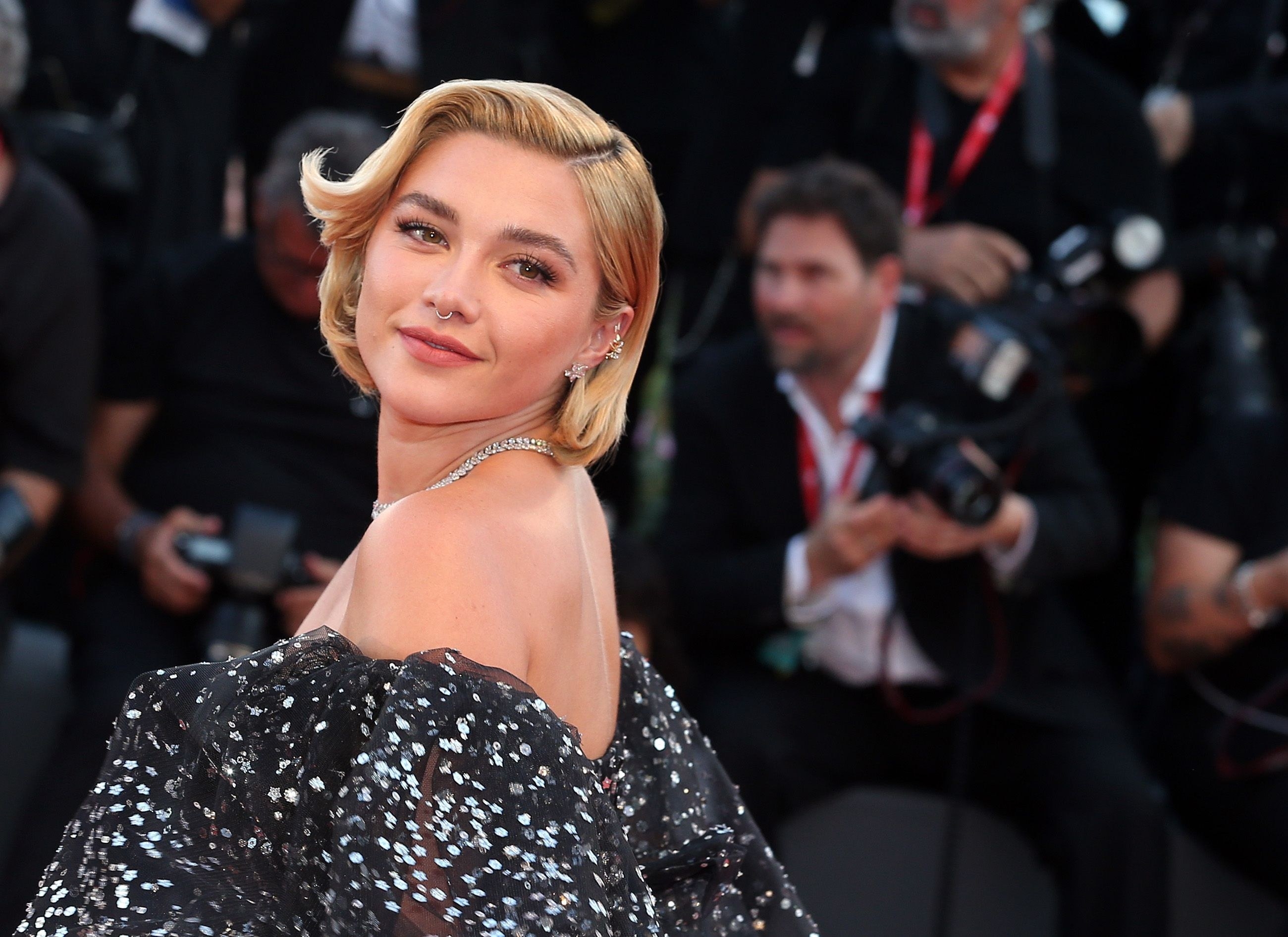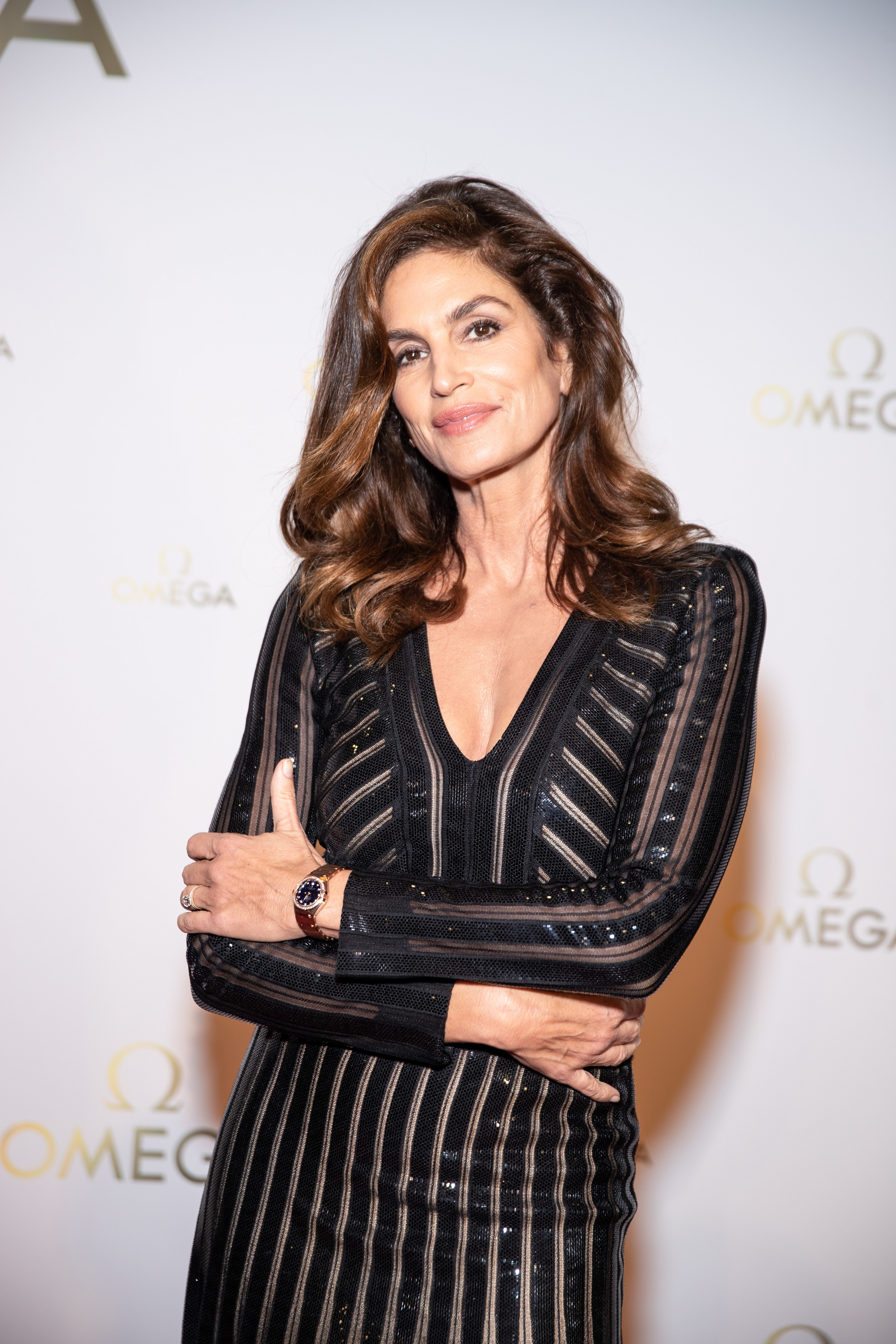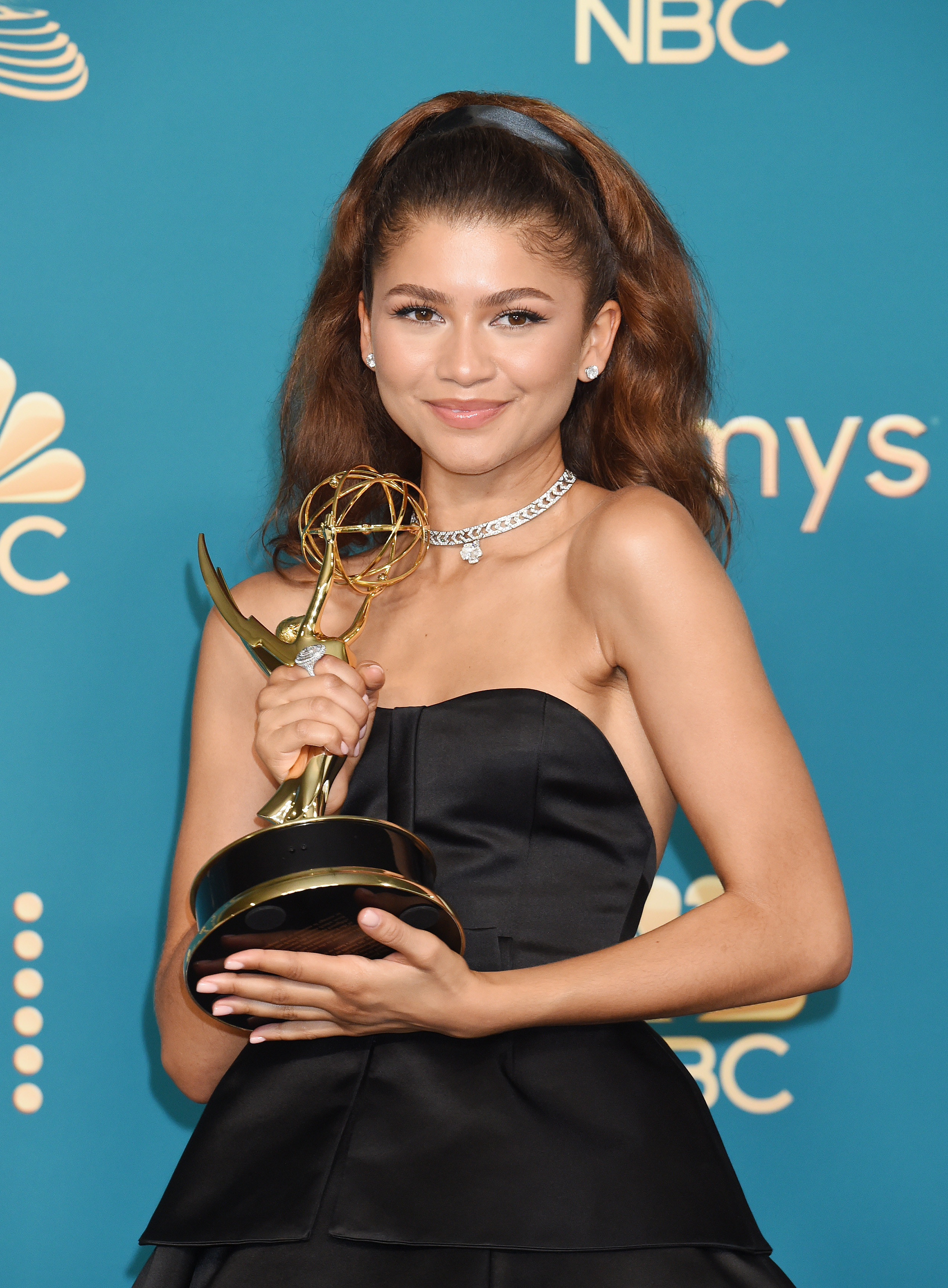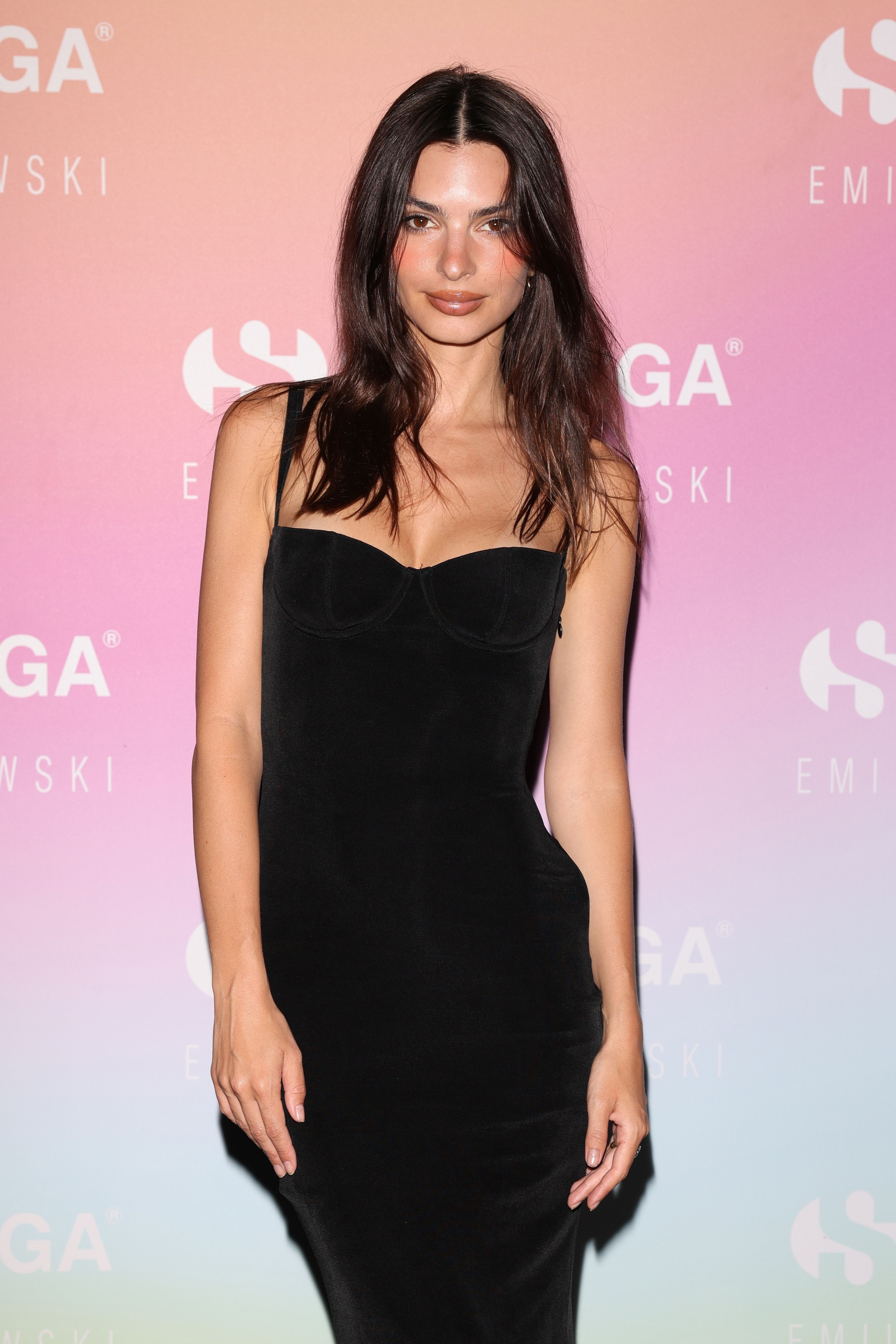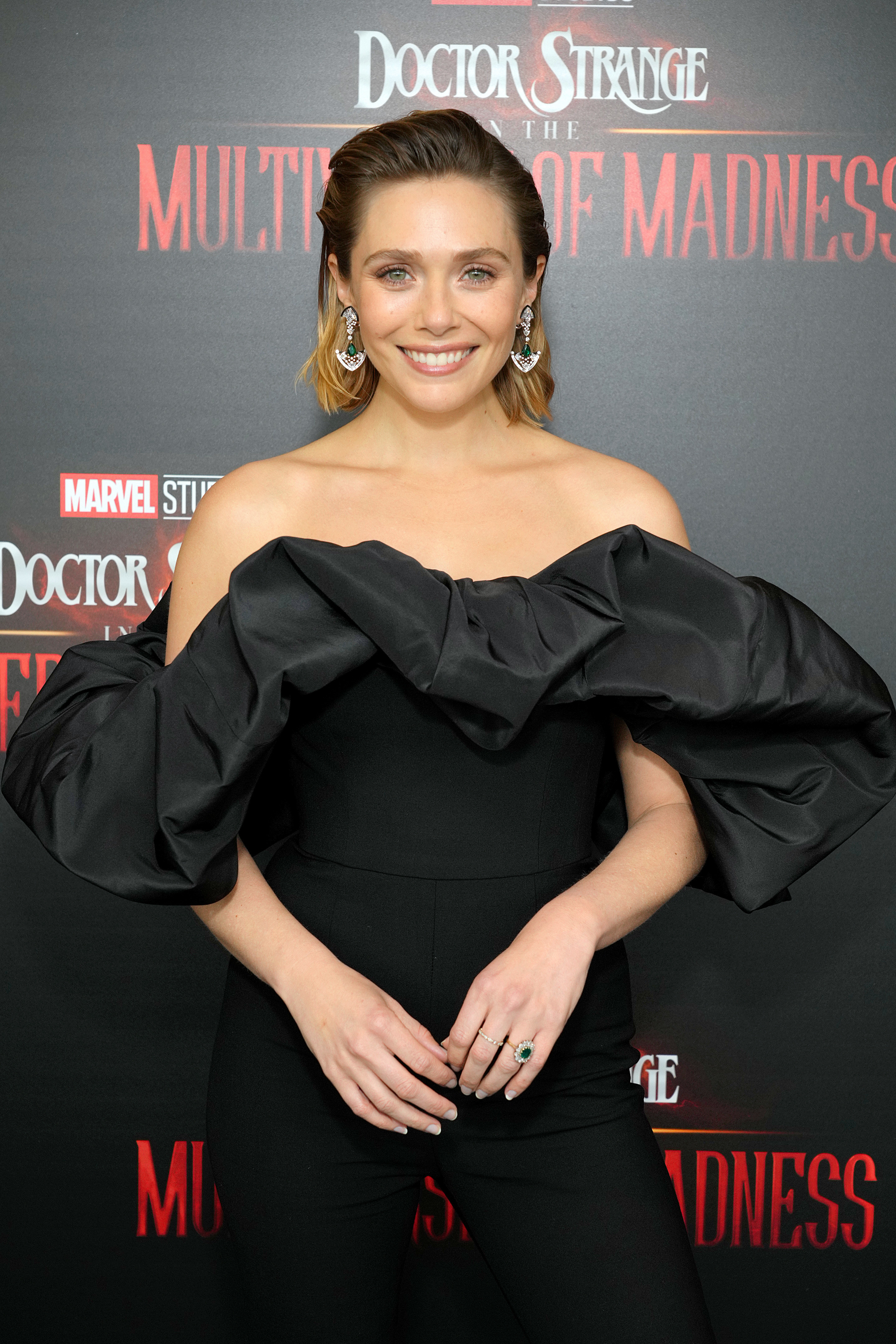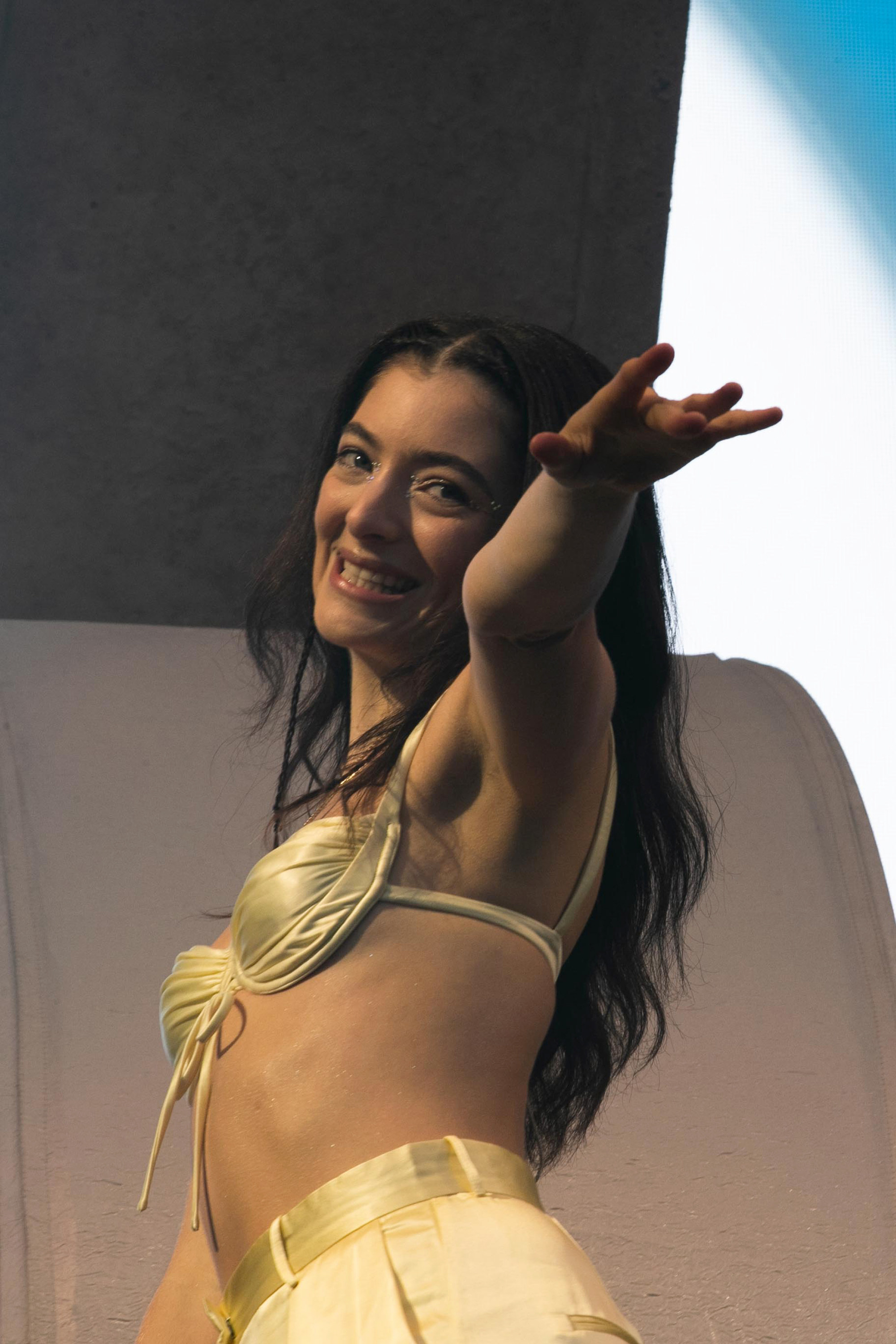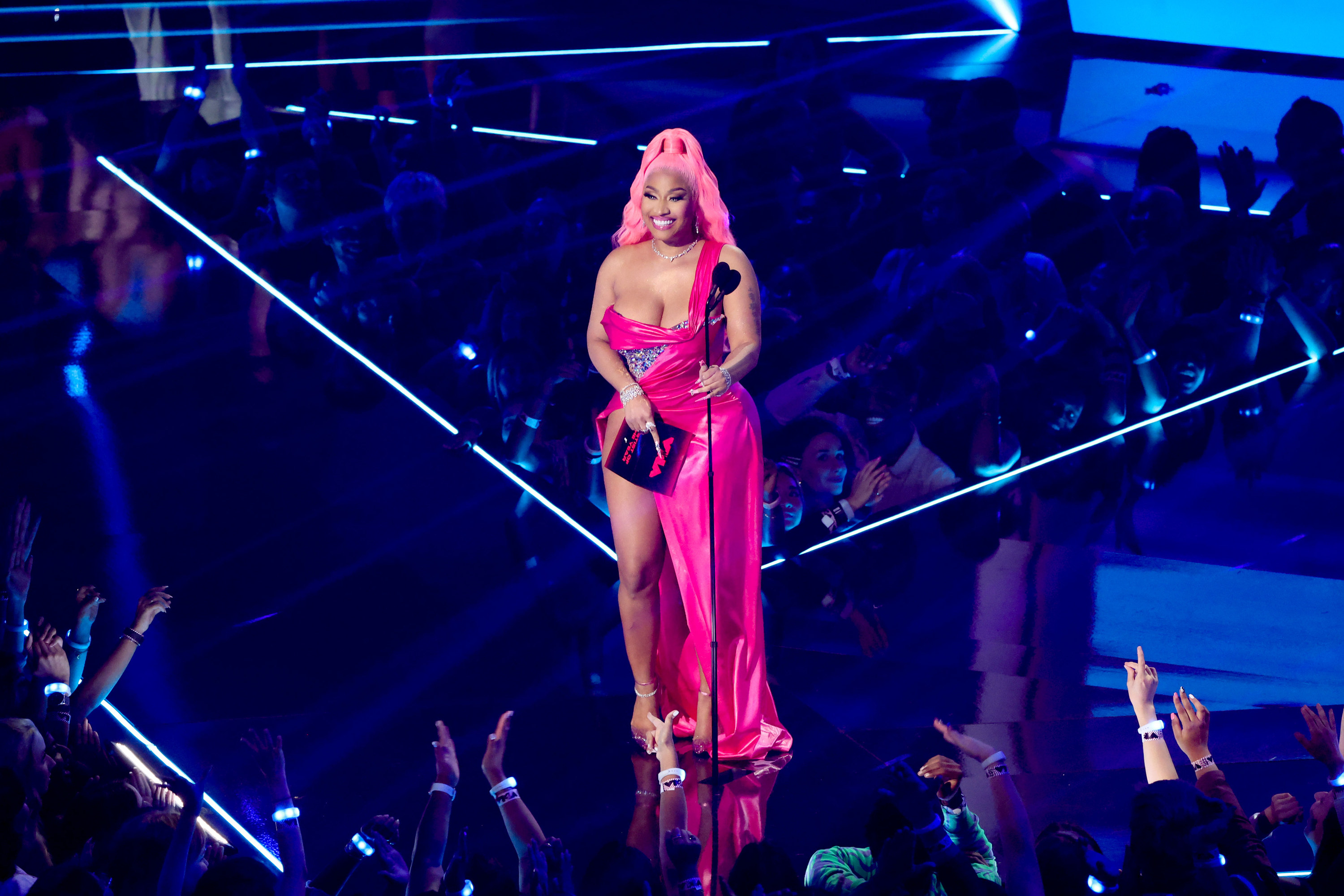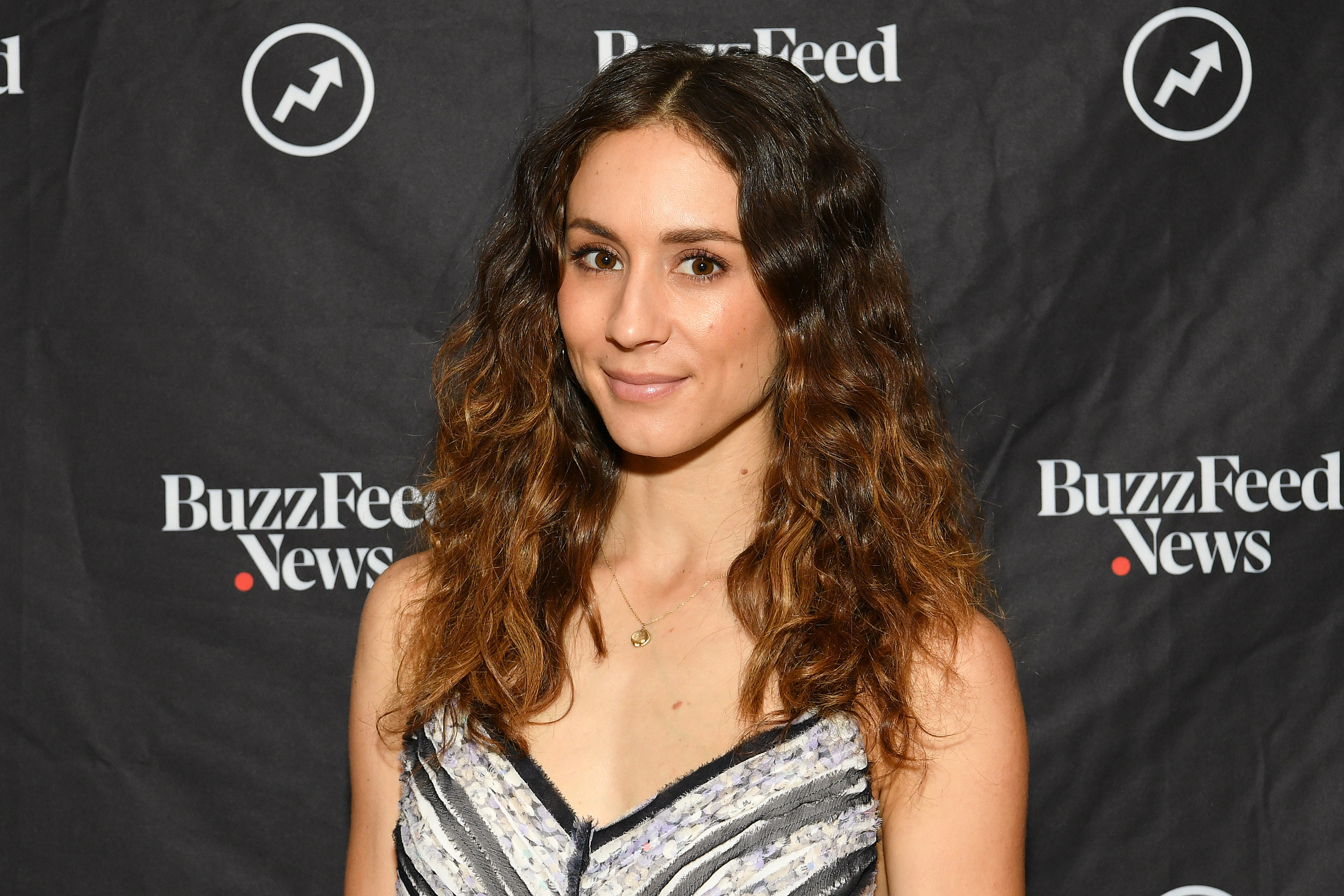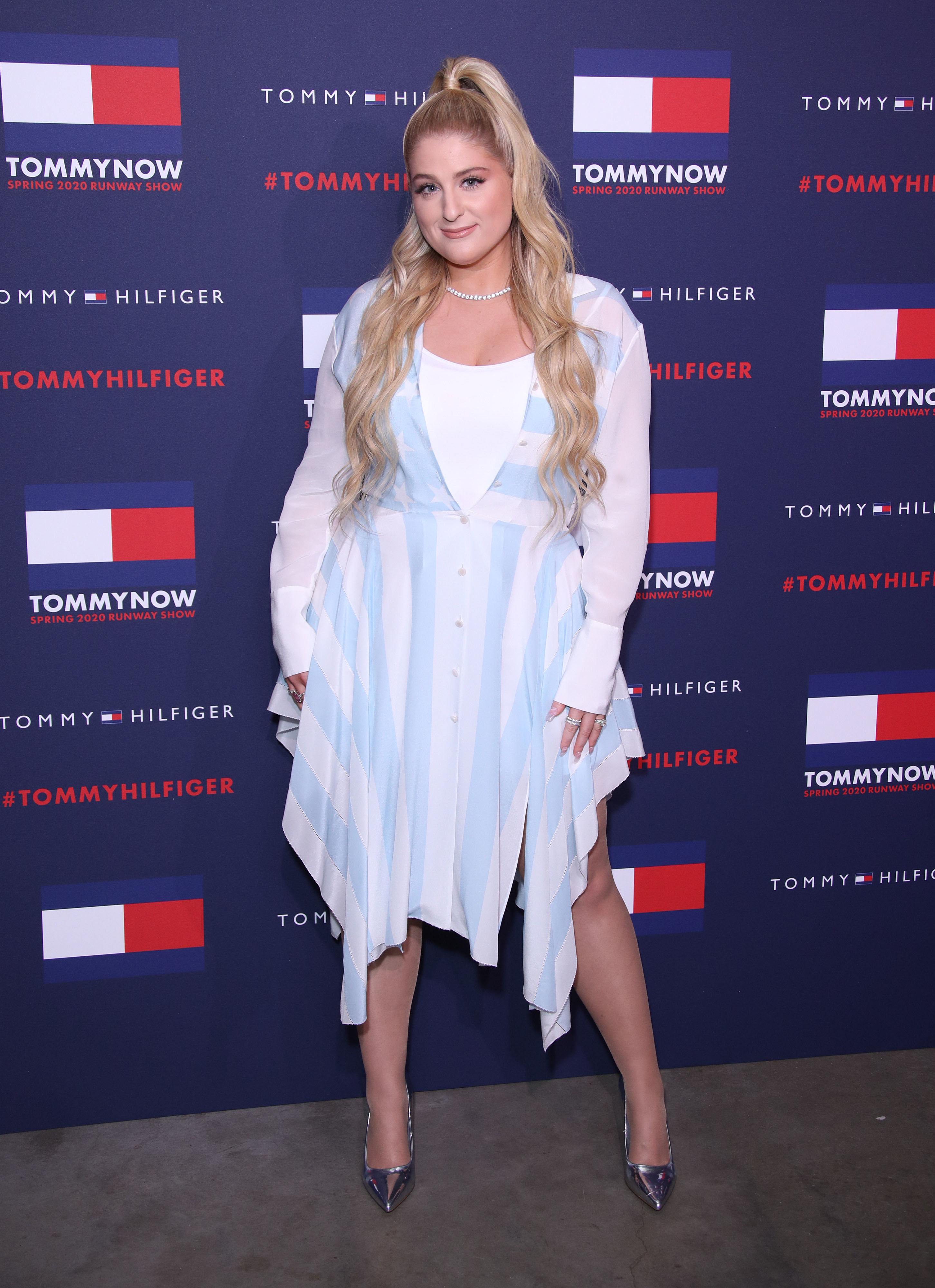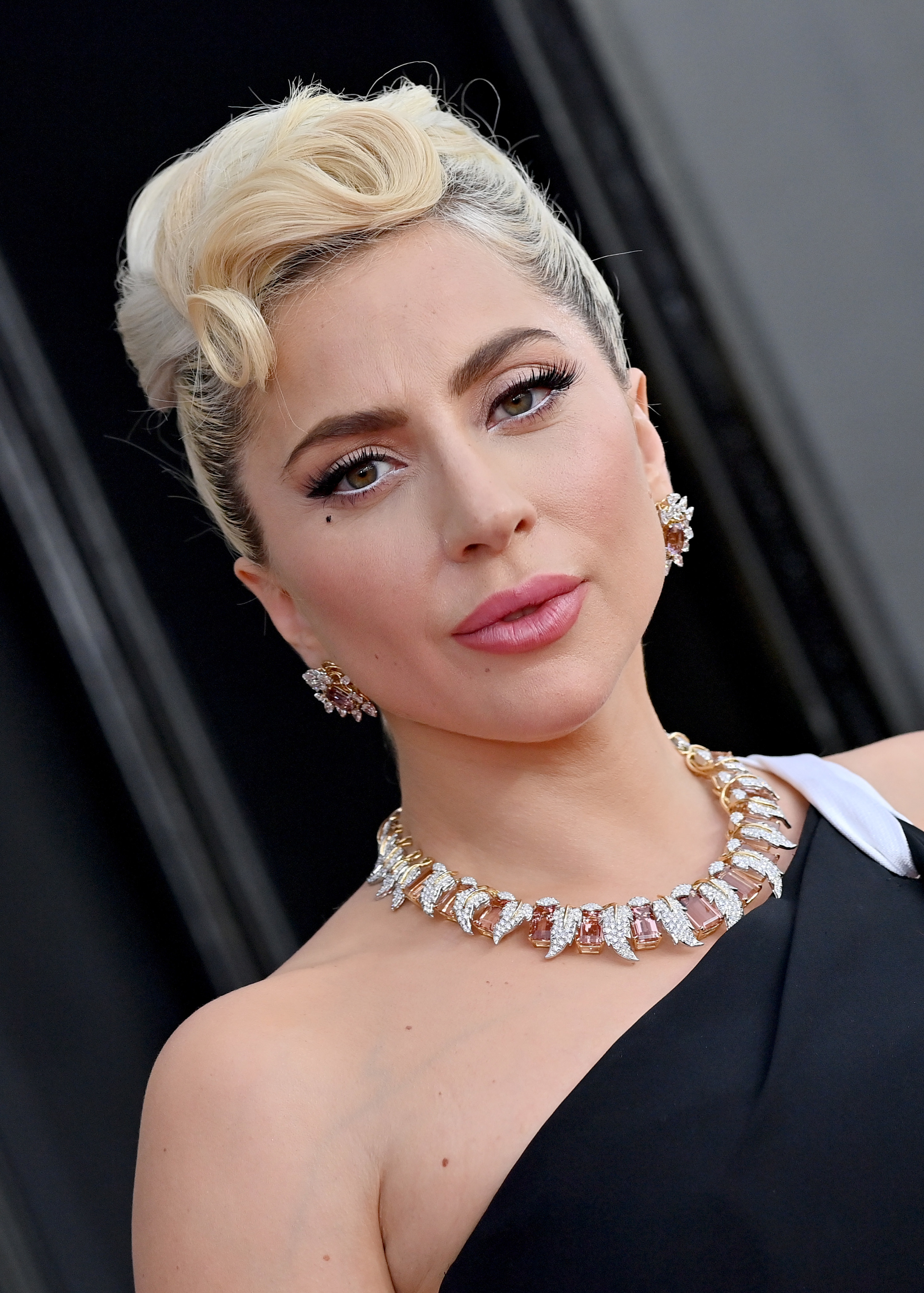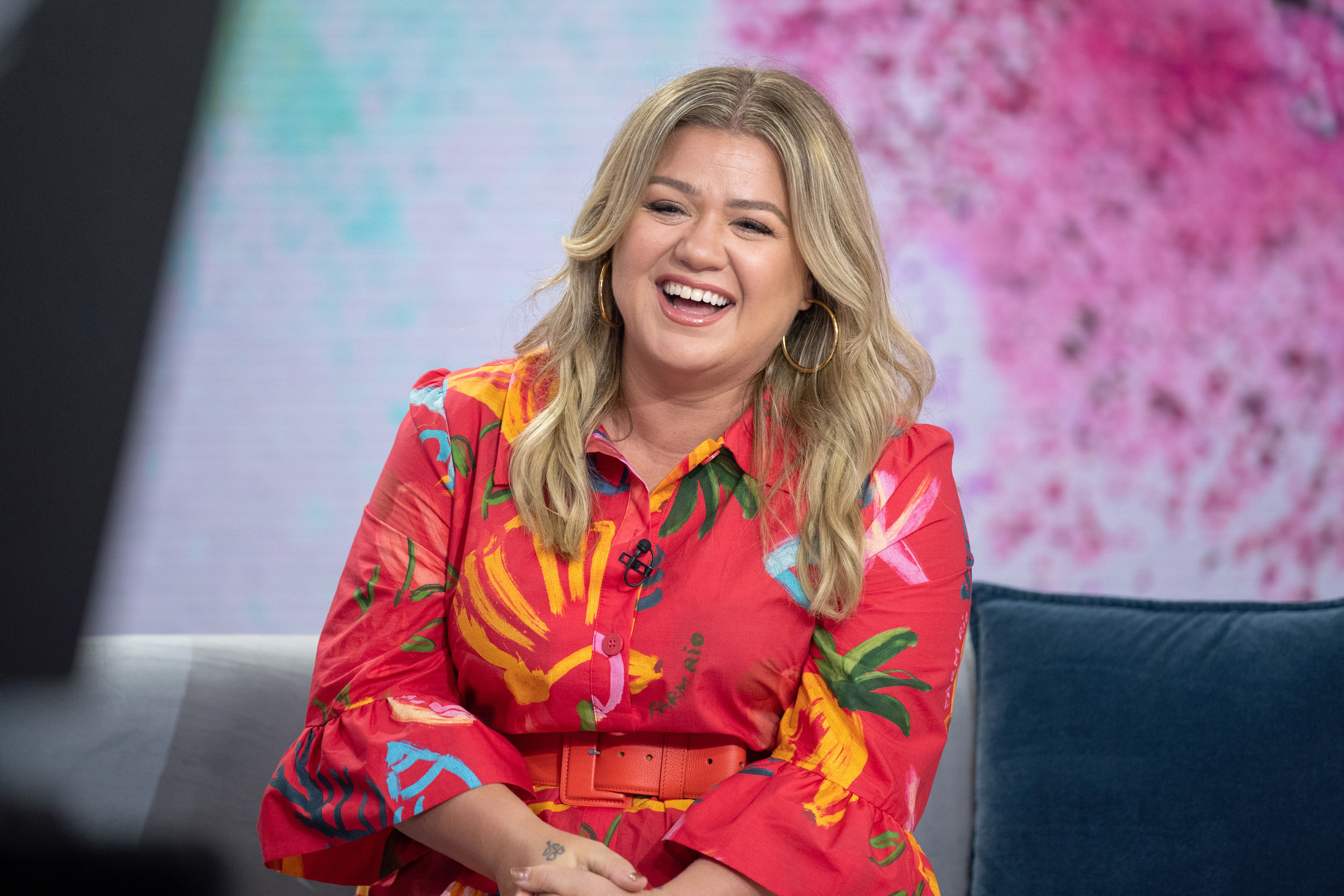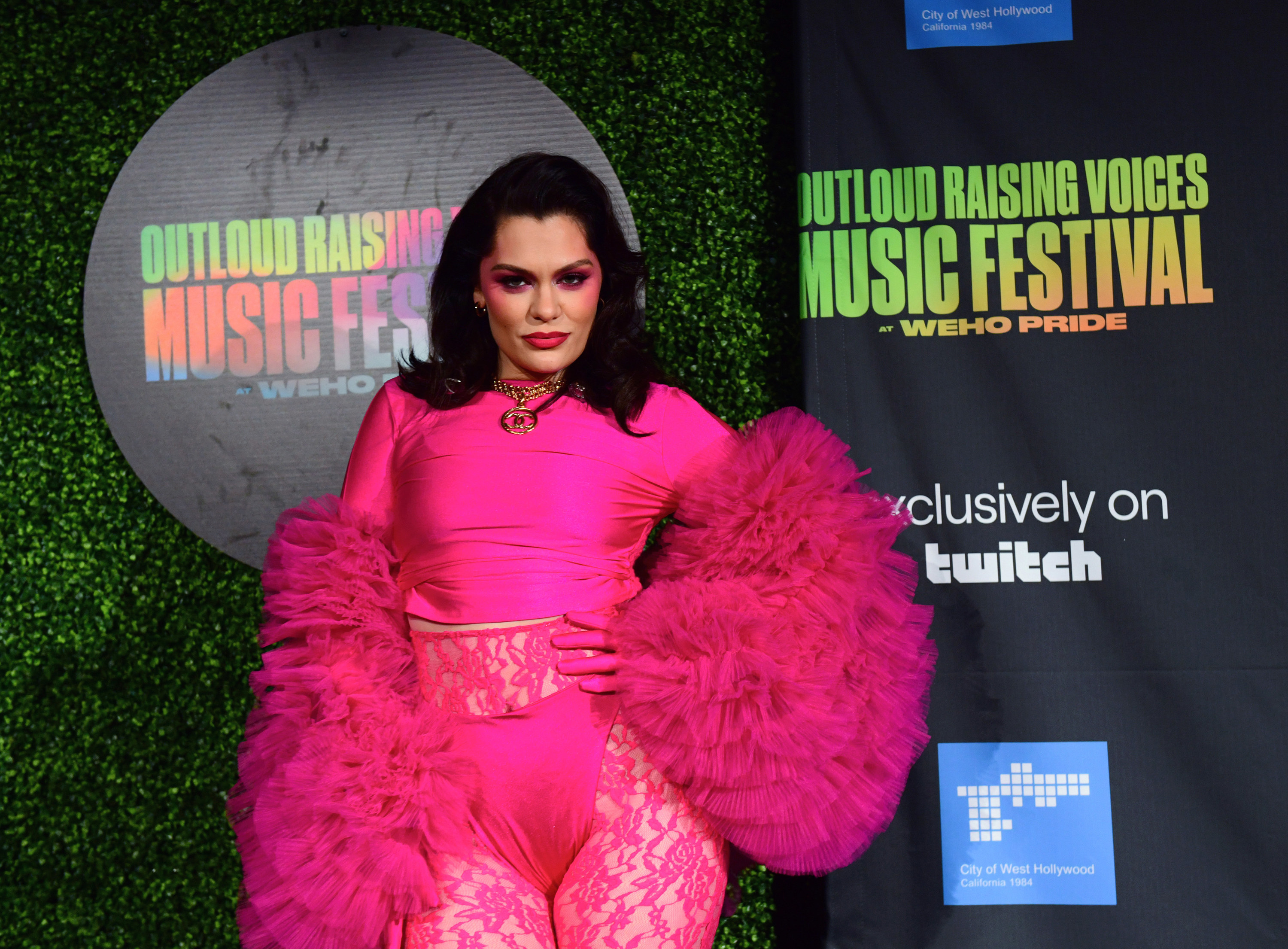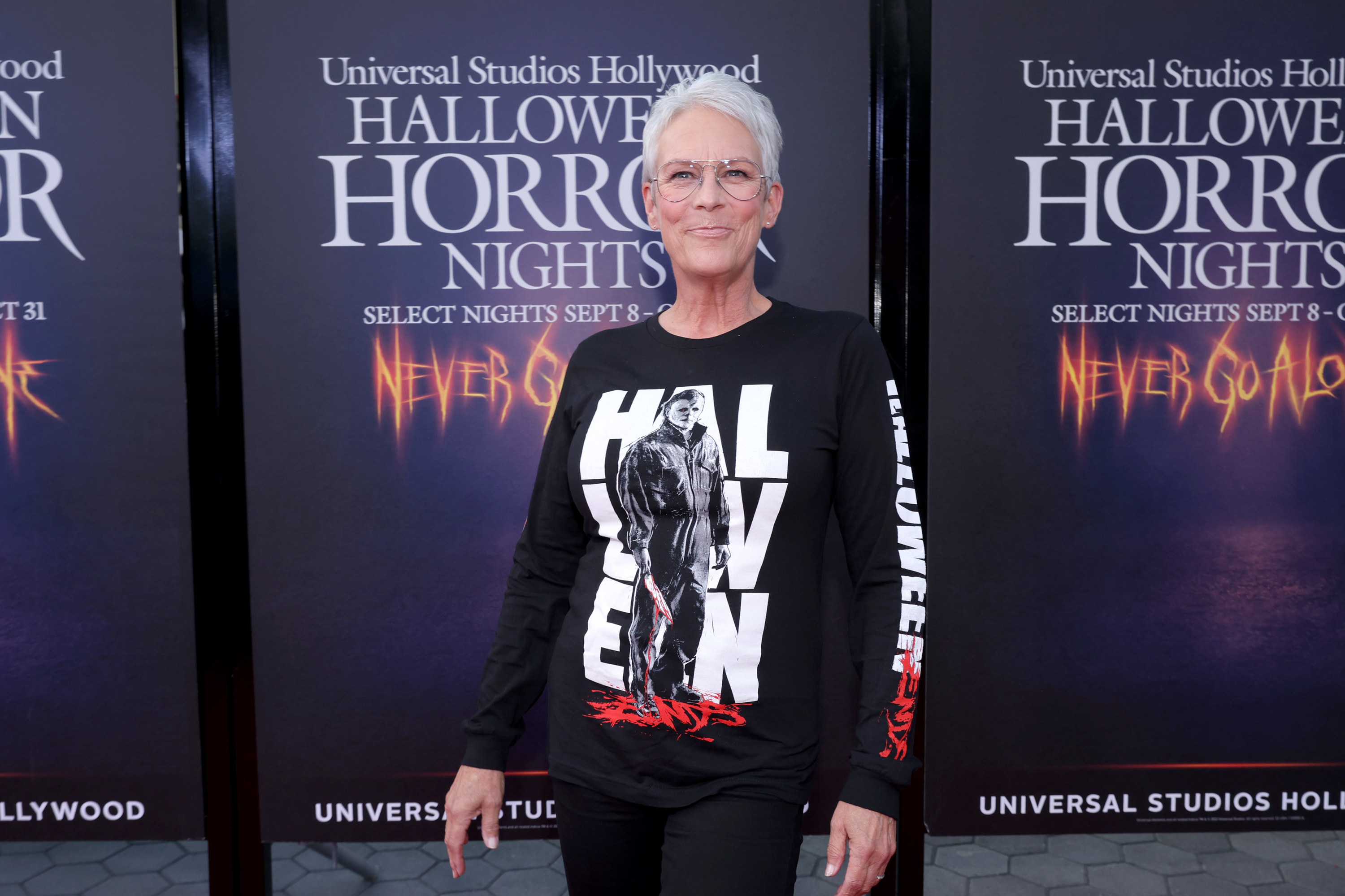In a now-deleted Instagram post, Nyong’o wrote: “Being featured on the cover of a magazine fulfills me as it is an opportunity to show other dark, kinky-haired people, and particularly our children, that they are beautiful just the way they are. “I am disappointed that @graziauk invited me to be on their cover and then edited out and smoothed my hair to fit their notion of what beautiful hair looks like. Had I been consulted, I would have explained that I cannot support or condone the omission of what is my native heritage with the intention that they appreciate that there is still a very long way to go to combat the unconscious prejudice against black women’s complexion, hair style, and texture.” She ended her caption with the hashtags #donttouchmyhair and #dtmh. Despite Solange releasing a song called “Don’t Touch My Hair” and talking to the Evening Standard magazine about the cultural legacy of braiding for Black women and how important it is to her, the magazine still went ahead and edited her braided hairstyle off her cover edition. Knowles addressed this on Instagram, posting the original photo alongside the hashtag “#dtmh,” an acronym for “don’t touch my hair.” The Standard claimed the photograph was edited “for layout purposes” and offered “unreserved apologies to Solange.” However, Angelica Bastien, the journalist who interviewed the singer, said: “I am publicly disowning the Solange piece London Evening Standard published today. The entire piece was a fiasco despite my efforts. “I told my editors to take my name off of the byline because they distorted my work and reporting in ways that made me very uncomfortable, which was heartbreaking given how much work I put into it and my interest in Solange as an artist.” When working with H&M, singer Beyoncé caught wind that the high-street fashion brand had edited her silhouette to make her slimmer in the beachwear collection she was modeling. An unimpressed Bey insisted that the original photos be used, and her team refused to approve the edited shots, forcing H&M to use the originals or nothing at all. A spokesperson for H&M later confirmed that there had been discussions around the editing of Beyoncé ’s photos, but the final images used were not retouched. In a series of Instagram stories, Lili shared the original image minus the manipulation of her waist, saying: “Camila and I worked incredibly hard to feel confident in the bodies we have. It’s an everyday battle, sometimes. And to see our bodies become so distorted in an editing process is a perfect example of the obstacles we have yet to overcome.” Mendes also commented on her own Instagram story, saying: “We want readers to know that those bodies are not ours. They have been distorted from their natural beauty. I’m not interested in having a slimmer waist, I’m more than satisfied with the one that I already have.” She told fans: “It was really fucked up that my phone automatically decided to make me the way that it wanted me to look. I think filters are a really cool thing to have, and I’m completely aware that people don’t necessarily want their ‘imperfections’ and ‘flaws’ out there, and that’s totally fine — I myself have even been known to use a few filters. “But that should be your choice, and that should be your decision. And this phone here should not automatically decipher what it’s been programmed to believe is beautiful. “I read a couple of messages, and some of you were saying that even your freckles have been blurred out. And that’s really sad, and it is scary. Be aware that this is only adding to this circle of insecurity, and I hope that talking about it helps.” She said in her 2015 book Becoming: “Sometimes, I forget that the images I am used to seeing of myself aren’t real, that they are all part of the illusion of being Cindy Crawford. And then, I will catch a glimpse of the real, un-retouched Cindy or see an unflattering paparazzi shot, and it’s a shocker. “I wish I could say it is easy for me to be getting older. Men might mourn the loss of strength and stamina, while women tend to be more concerned about what they see in the mirror. Gray hair, fine lines, and the realization that none of us can defy those pesky laws of gravity. Having been a model now for over 30 years and dependent on my looks for my work, seeing those changes might even be a little harder for me. At times, the pressure to live up to the fashion industry’s expectations feels overwhelming. “The most meaningful way I’ve found to cope with these inevitable changes is to live in the present moment, continue to evolve, and to feel enormous gratitude for all that I do have: a happy marriage, a relationship with my kids that fills me with pride, and work that continues to inspire me.” “Yesterday, however, I just felt weary. It felt strange to look at a picture of myself that is so different from what I look like when I look in the mirror. It’s an unfortunate feeling.” She finished up by thanking fans for “being patient with (her) while (she) figured out how to post this in a way that felt both celebratory and honest.” She said on Instagram: “Had a new shoot come out today and was shocked when I found my 19-year-old hips and torso quite manipulated. These are the things that make women self-conscious, that create the unrealistic ideals of beauty that we have. Anyone who knows who I am knows I stand for honest and pure self love. So, I took it upon myself to release the real pic (right side), and I love it😍😘 Thank you @modelistemagazine for pulling down the images and fixing this retouch issue.” She also called out the magazine for perpetuating a narrow standard of beauty, saying that she and many others have insecurities about the things that make us different from a “typical ideal of beauty” that they have to work past every day, and that she hoped the fashion industry would “finally learn to stop trying to stifle the things that make us unique and instead begin to celebrate individuality.” She has also posted side-by-side shots of her real skin alongside digitally edited shots which erased spots and redness, reminding her fans to “remember that flaws are ok :-).” She also posted about the shoot again on Instagram, saying: “I love my personal unretouched photos where my forehead doesn’t mysteriously grow in length.” She told Allure magazine: “To this day, my pet peeve is when my skin tone is changed and my freckles are airbrushed out of a photo shoot. For all my freckle-faced friends out there, I will share with you something my dad told me when I was younger: ‘A face without freckles is a night without stars.’” Speaking to Stylecaster at a later date, she said: “(Pretty Little Liars) had put up this poster, and it was from our first season, and it was completely crazy. Nobody looked like themselves. Even for magazine covers, they’ll Photoshop out a mole, make your boobs bigger or your waist four sizes smaller, and you’re like, ‘That’s not even me.’ You never know how it’s going to turn out because you have no control and you’re not editing the photos, but it sucks when you’re like, ‘Wow. That’s a completely different person.’” She also said: “I always make sure to tell people, with any shit that I do or anyone else does, that unless it’s announced that it’s not Photoshopped, it’s Photoshopped. And don’t get down on yourself for not looking a certain way because it takes a lot of hair and makeup, a ton of good lighting, and after the shoot, it’s all this editing.” A few months later, she called out controversy around a PLL photoshoot with GQ magazine, saying: “So by now you have seen many a shot from #GQ and many people have said that we were photoshopped… OF COURSE WE WERE! That’s a very specific type of photo shoot. And looking very blown out and perfected was obviously what they were looking for. Great. Cool. As long as we acknowledge how it was achieved so we know it’s not real.” When the music video for her song, “Me Too,” was released, Trainor saw her waist was slimmed without her knowledge or consent. What did she do? She pulled the video until they fixed it. She told fans on Snapchat: “Hey guys, I took down the ‘Me Too’ video because they photoshopped the crap out of me. And I’m so sick of it, and I’m over it, so I took it down until they fix it. “My waist is not that teeny, I had a bomb waist that night, I don’t know why they didn’t like my waist, but I didn’t approve that video, and it went out for the world, so I’m embarrassed. The video’s still one of my favorite videos I’ve ever done, I’m very proud of it, I’m just pissed off that they broke my ribs you know?” Sharing an image of her original photo with the caption “my actual booty” alongside someone’s edit where said booty was noticeably larger, she laughed that it looked like “someone tried to round (her) up to the nearest dollar!” For her 2016 Maxim magazine cover, people quickly clocked that her armpit looked edited within an inch of its life, prompting actor Chopra to poke fun at the whole incident with an arms-raised, “pit-stopping” photo on her Twitter. She said: “I felt my skin looked too perfect, I felt my hair looked too soft. I do not look like this when I wake up in the morning. … What I want to see is the change on your covers. When the covers change, that’s when culture changes.” Glamour’s editor-in-chief later responded: “We love the cover — which captures exactly the way Gaga looked at our shoot — but we think her bigger point, that women like Malala Yousafzai are also cover-worthy, is RIGHT ON, and we couldn’t agree more. We’re proud of the diversity of women we show on our pages, and the diversity of opinions they represent — frankly, Gaga’s willingness to challenge how American institutions think is a major reason we honored her to begin with.” On her Instagram story, she said: “I am noticing more and more pictures my fans are posting of me where my face is edited. My nose is often made smaller and pointy, my chin is smaller, my lips are bigger. Please STOP EDITING MY FACE. I look like what I look like. I like my face, flaws and all. If you don’t like my face the way it is, then don’t post pictures of it.” She posed for More magazine with no makeup, manicure, or hair styling, and wore only a black sports bra and boxer short style underpants. Talking about the effect over-edited photography has on women’s confidence and self-image, she told the magazine: “There’s a reality to the way I look without my clothes on. People assume that I’m walking around in little spaghetti-strap dresses. It’s insidious — Glam Jamie, the Perfect Jamie, the great figure, blah, blah, blah. And I don’t want the unsuspecting 40-year-old women of the world to think that I’ve got it going on.”
